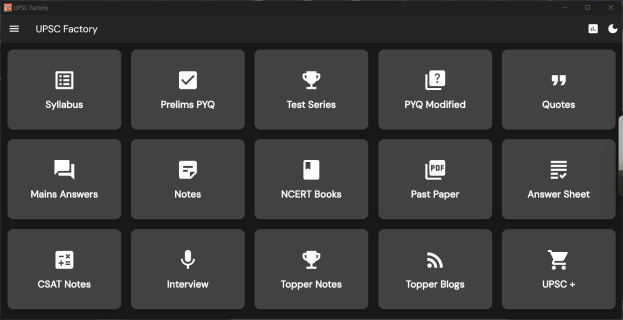Q. ‘The sculptors filled the Chandella artform with resilient vigor and breadth of life.’ Elucidate.
UPSC Mains 2025 GS1 Paper
Model Answer:
The Chandella dynasty (9th-13th centuries) patronized exceptional art and architecture in Bundelkhand region, culminating in the magnificent Khajuraho temple complexes—a UNESCO World Heritage Site. Their sculptural art demonstrates remarkable ability to infuse stone with extraordinary vitality while capturing panoramic contemporary life.
Resilient Vigor:
The Chandella sculptures exhibit dynamic energy through several distinctive features:
• Fluid Movement: Figures adopt the tribhanga pose—three-bend posture—creating rhythmic, life-like movement departing from earlier static forms.
• Emotional Expressiveness: Masters of conveying rasa (emotions), sculptors captured diverse moods from spiritual tranquility to passionate devotion through expressive faces of deities and apsaras (celestial beings).
• Three-dimensional Depth: Deep carving and high-relief techniques make figures emerge vibrantly from stone surfaces, exemplified in Kandariya Mahadeva Temple’s profusion of sculptures.
Breadth of Life:
The thematic diversity encompasses comprehensive human experience:
• Holistic Life Representation: Art reflects four purusharthas—dharma, artha, kama, moksha—through sacred deities and famous mithuna (erotic) sculptures representing complete life spectrum.
• Sacred-Secular Integration: Temple walls display secular scenes alongside religious themes, featuring musicians, dancers, teachers, soldiers, and artisans in daily activities.
• Natural World: Elephants, lions, vyalas (mythical beasts) represent regional flora-fauna, reflecting Chandella environmental consciousness.
Conclusion:
Chandella sculptors celebrated human existence from divine to mundane, creating spiritually profound yet deeply human artistic legacy.




